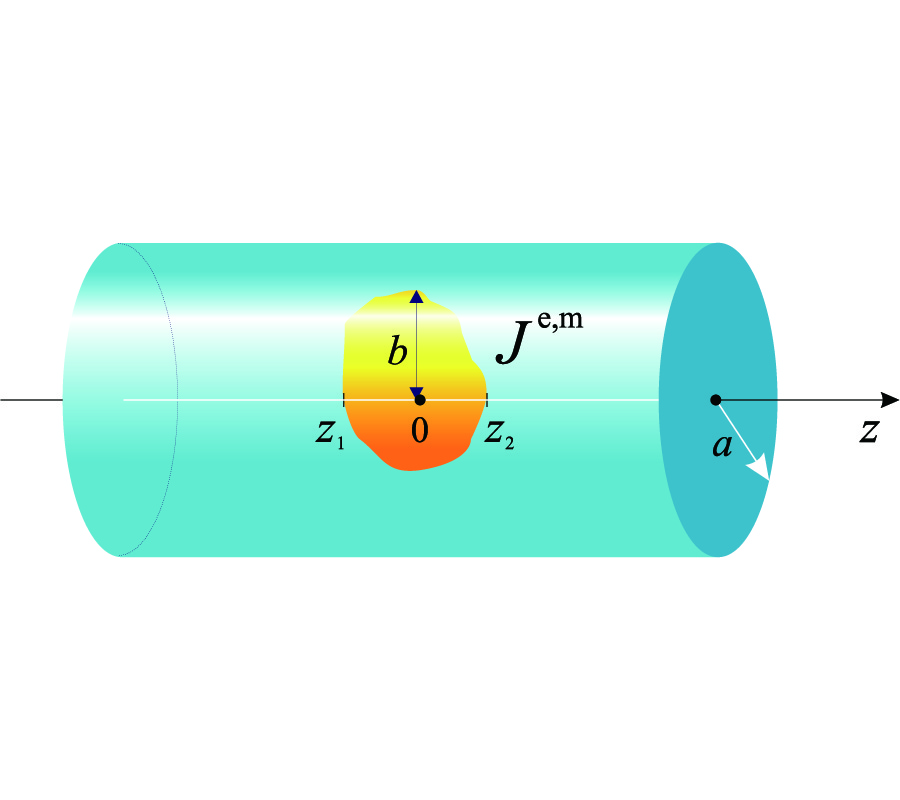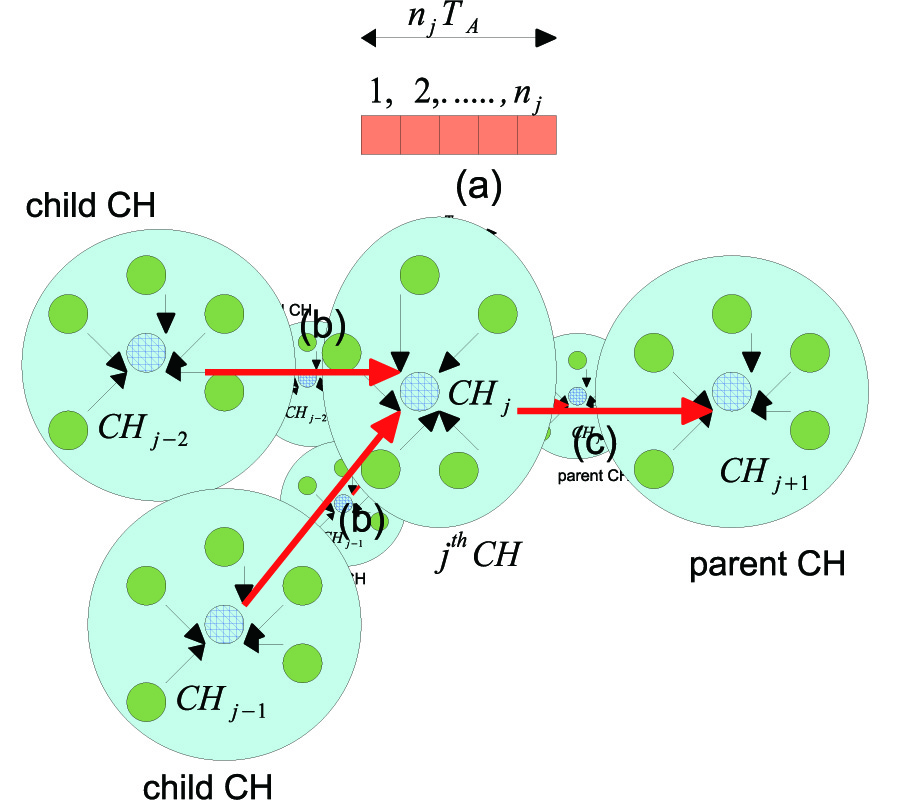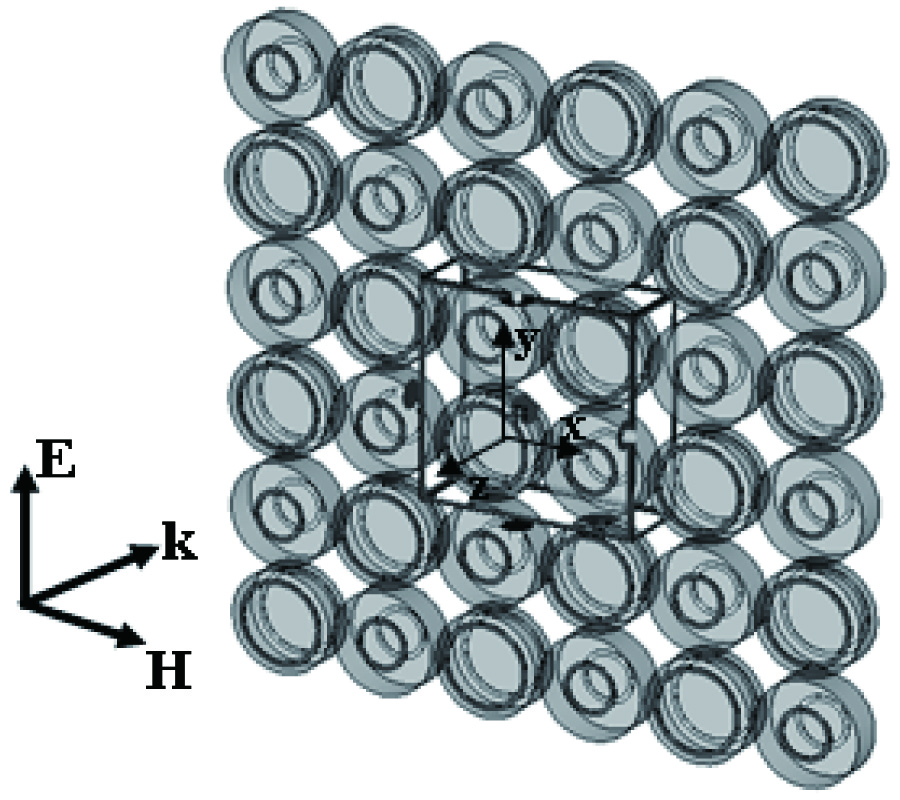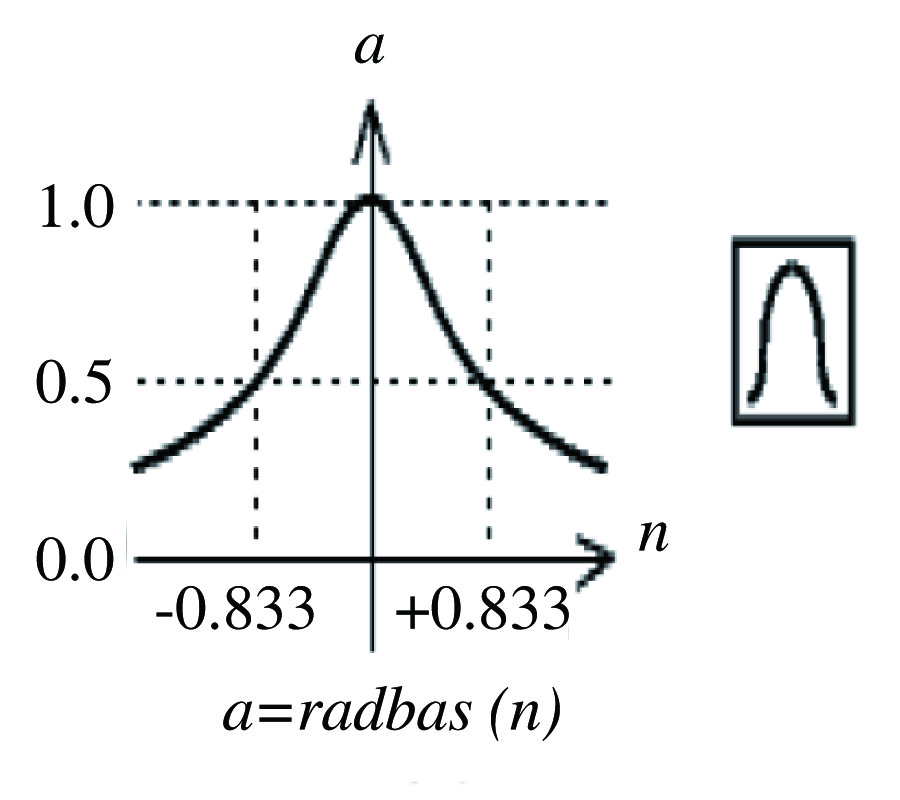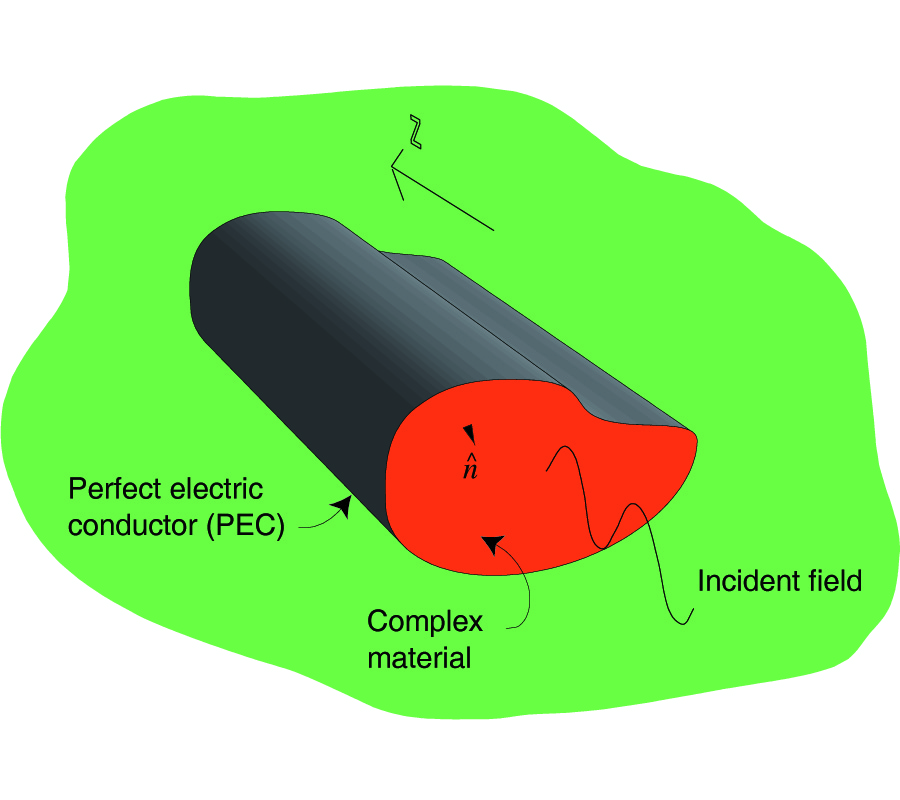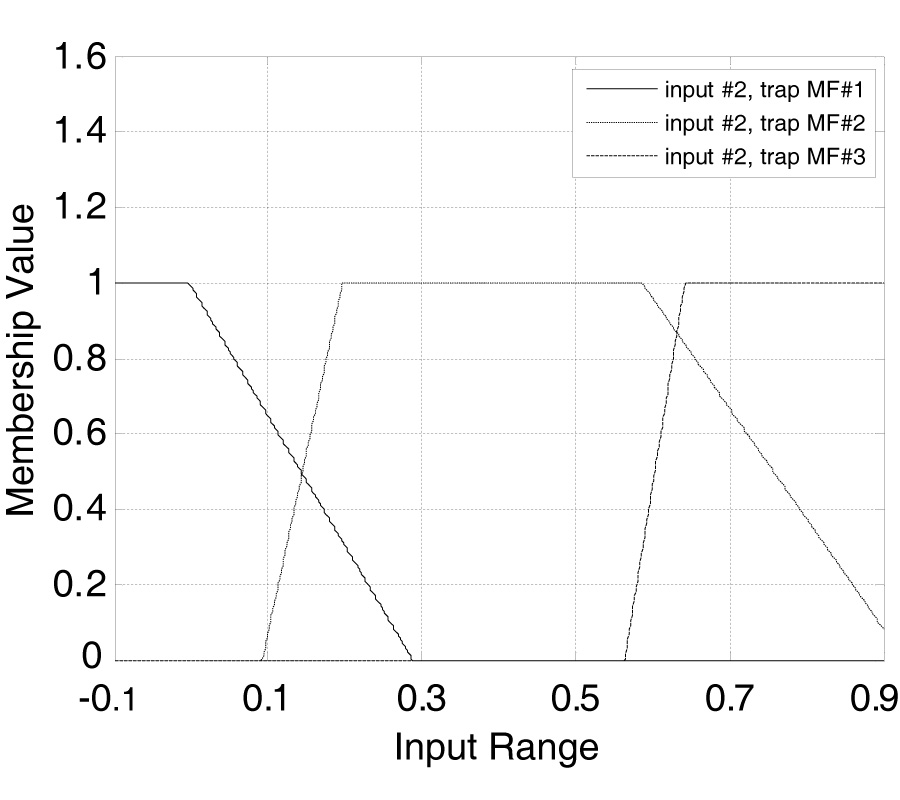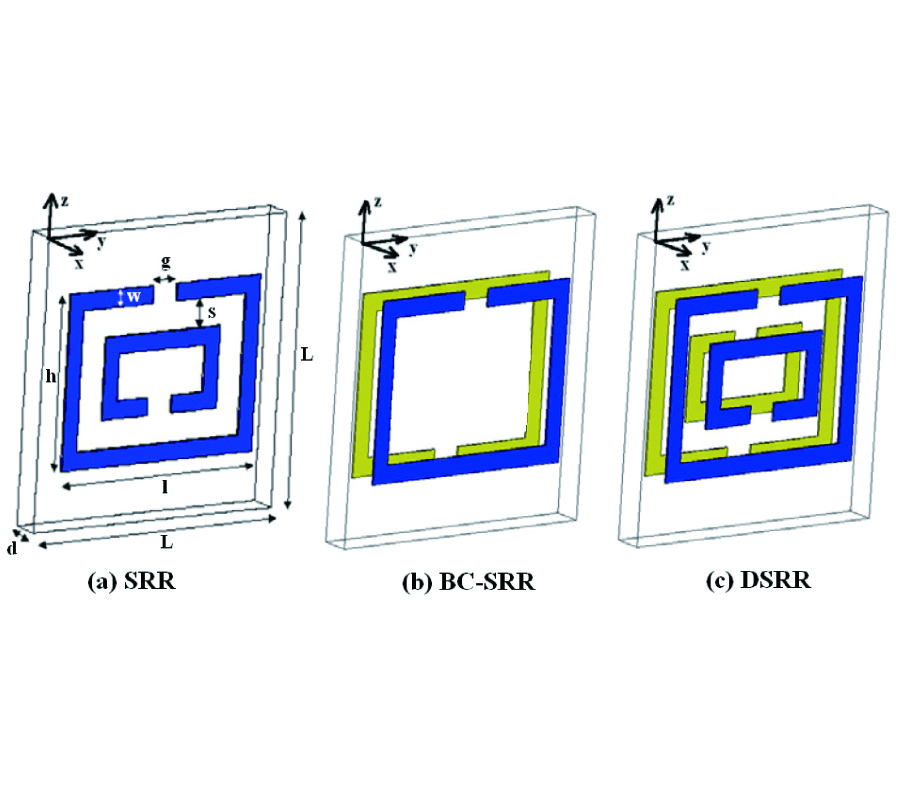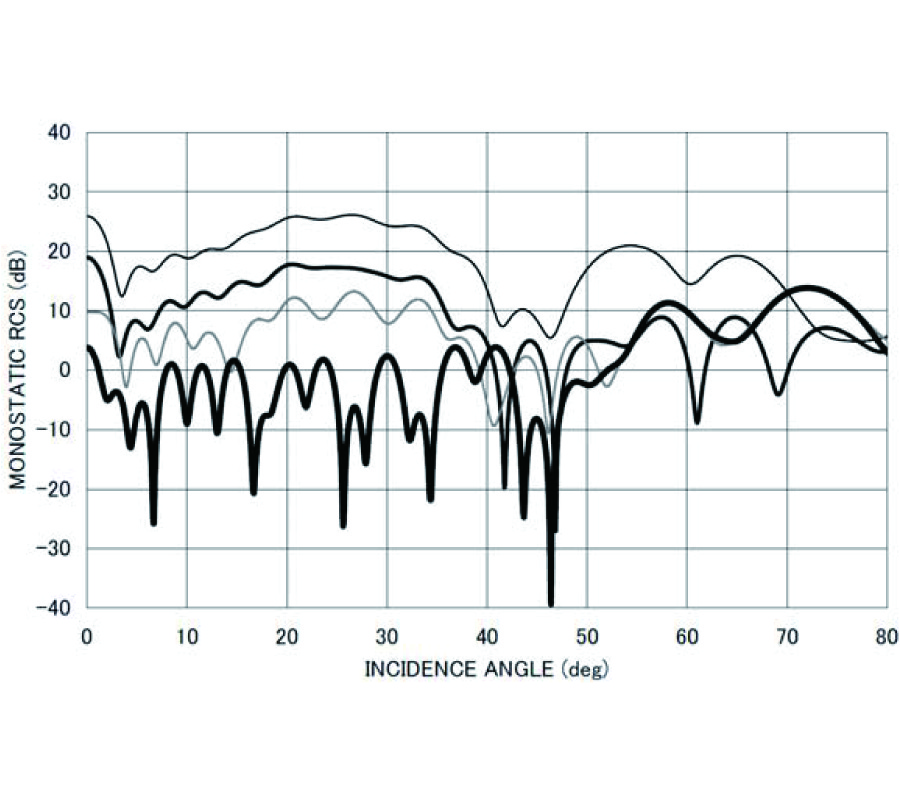Comparative Investigation of Resonance Characteristics and Electrical Size of the Double-Sided SRR, Bc-SRR and Conventional SRR Type Metamaterials for Varying Substrate Parameters
Evren Ekmekci and
Gonul Turhan-Sayan
This paper introduces a planar μ-negative (MNG) metamaterial structure, called double-sided split ring resonator (DSRR), which combines the features of a conventional SRR and a broadside-coupled SRR (BC-SRR) to obtain much better miniaturization at microwave frequencies for a given physical cell size. In this study, electromagnetic transmission characteristics of DSRR, BC-SRR and conventional SRR are investigated in a comparative manner for varying values of substrate parameters which are thickness, the real part of relative permittivity and dielectric loss tangent. Simulation results have shown that magnetic resonance patterns of all these three structures are affected in a similar way from variations in permittivity and in loss tangent. However, changes in substrate thickness affect their resonance characteristics quite differently: In response to decreasing substrate thickness, resonance frequency of the SRR increases slowly while the bandwidth and the depth of its resonance curve do not change much. For the DSRR and BCSRR structures, on the other hand, resonance frequency, half power bandwidth and the depth of resonance curve strongly decrease with decreasing substrate thickness. Among these three structures, all having the same unit cell dimensions, the newly suggested DSRR is found to reach the lowest resonance frequency, hence the smallest electrical size, which is a highly desired property not only for more effective medium approximation but also for miniaturization in RF design. The BC-SRR, on the other hand, provides the largest resonance bandwidth which is almost three times of the resonance bandwidth of the SRR. The bandwidth of the DSRR approaches to that of the BC-SRR as the planar separation between its inner and outer rings increases.
